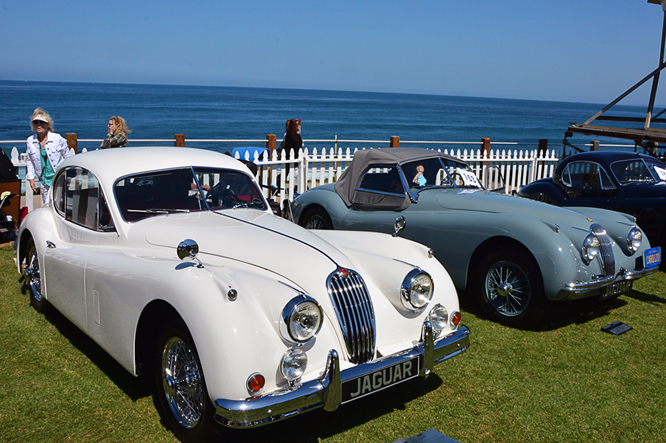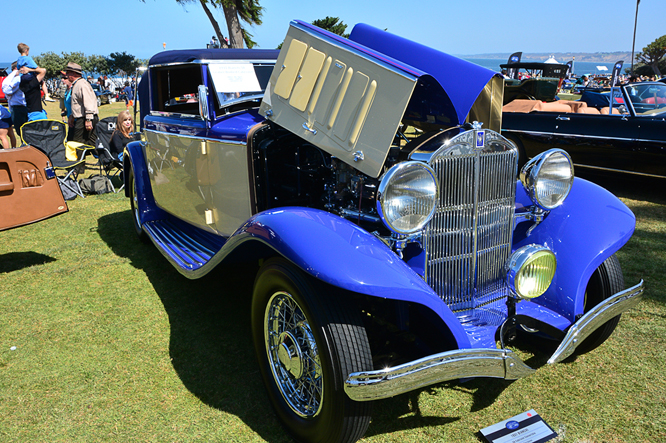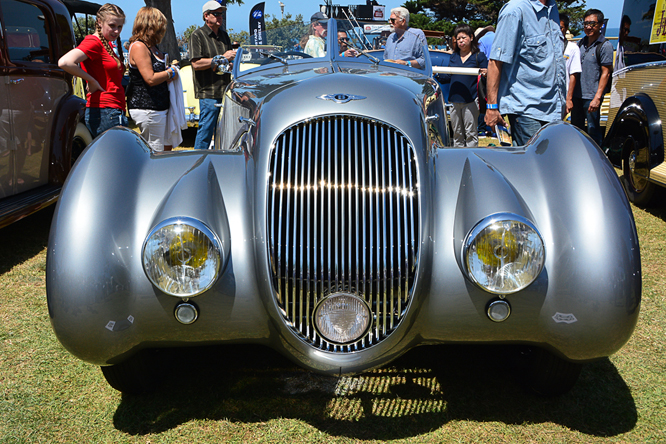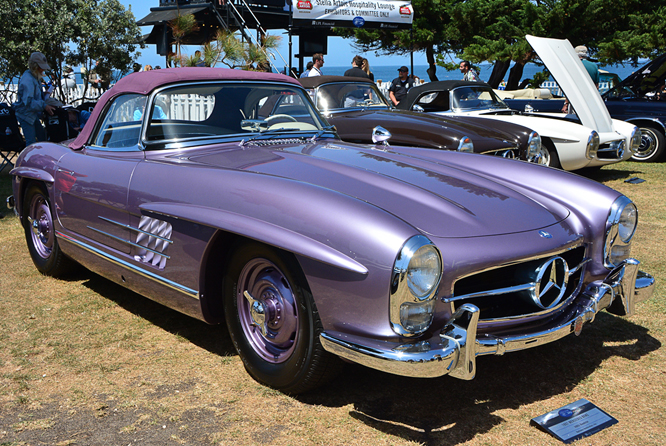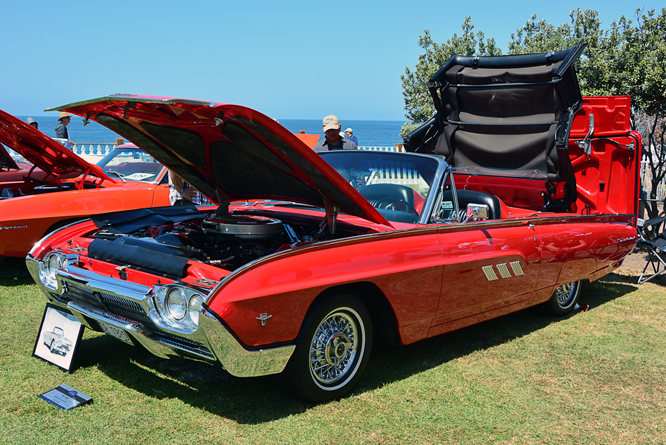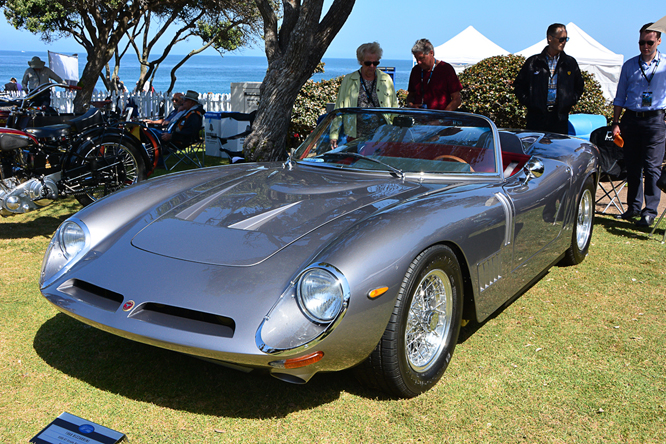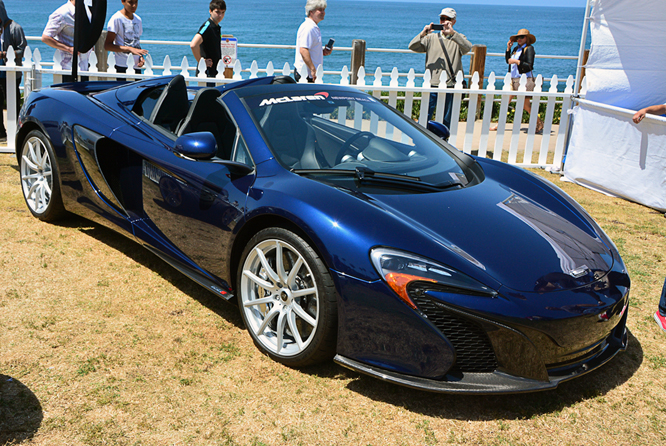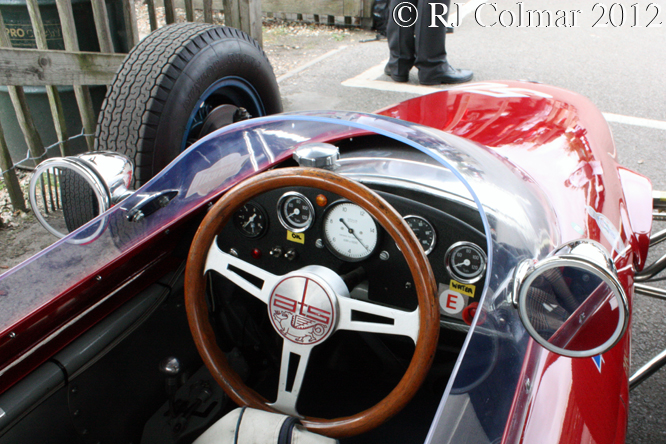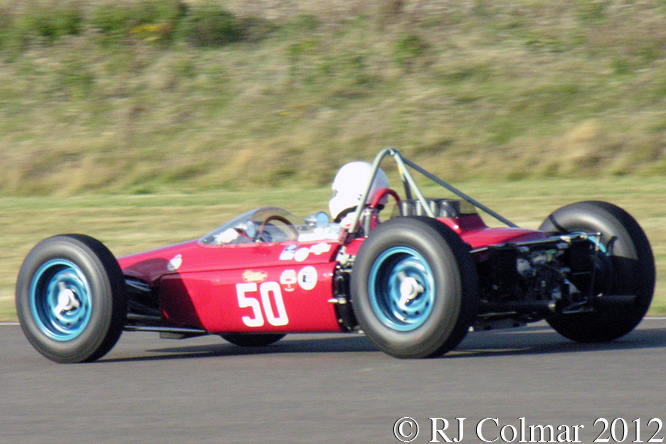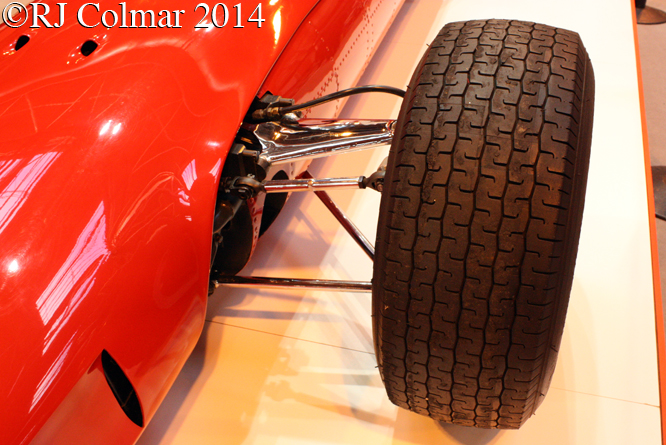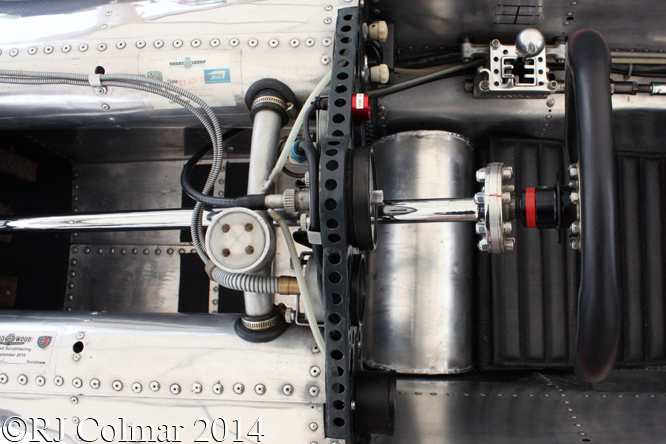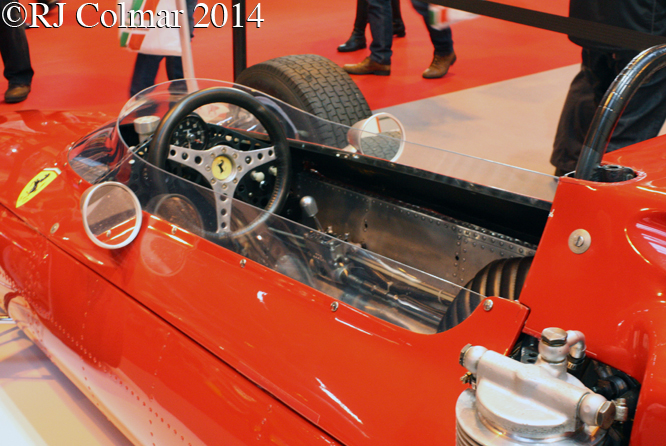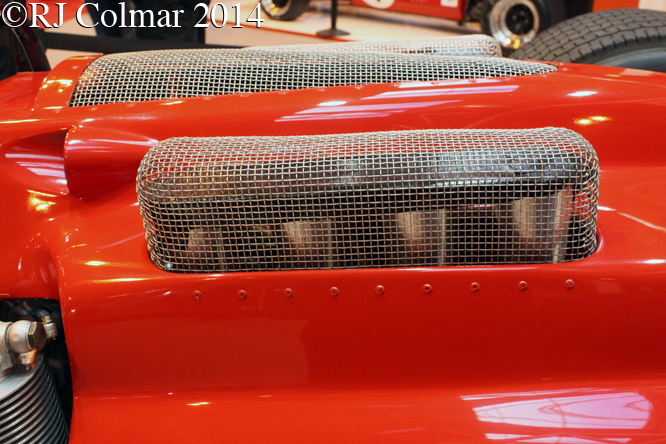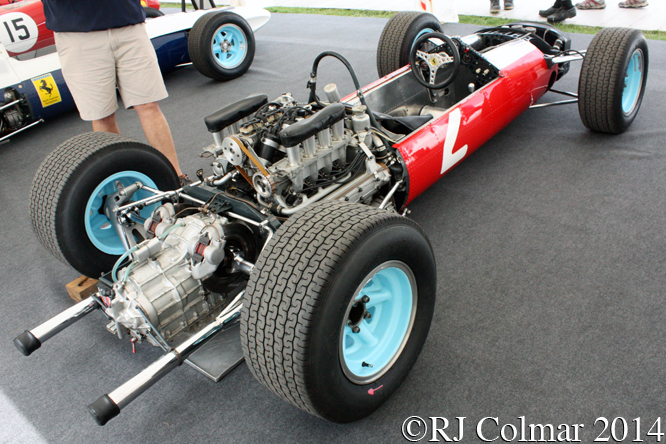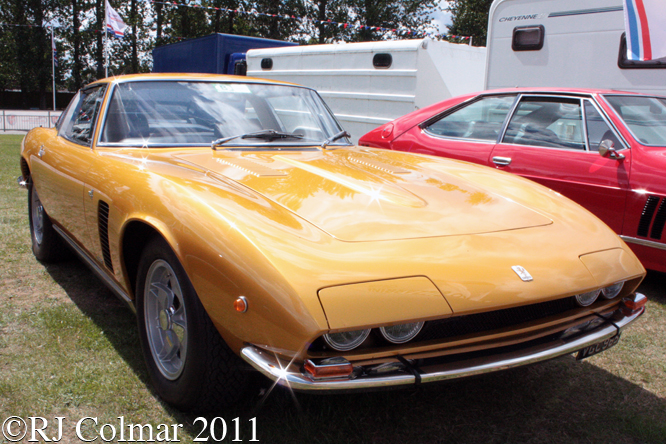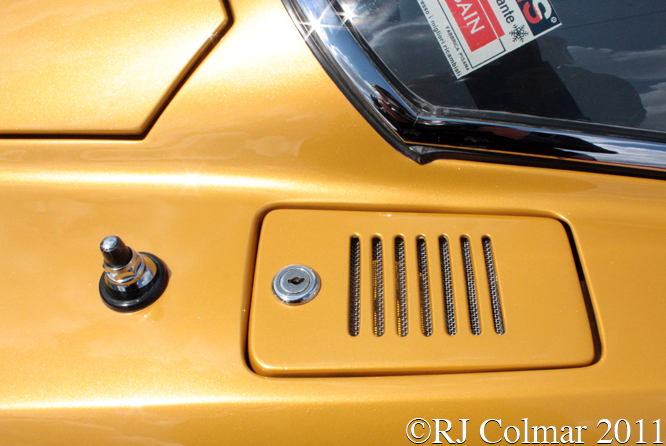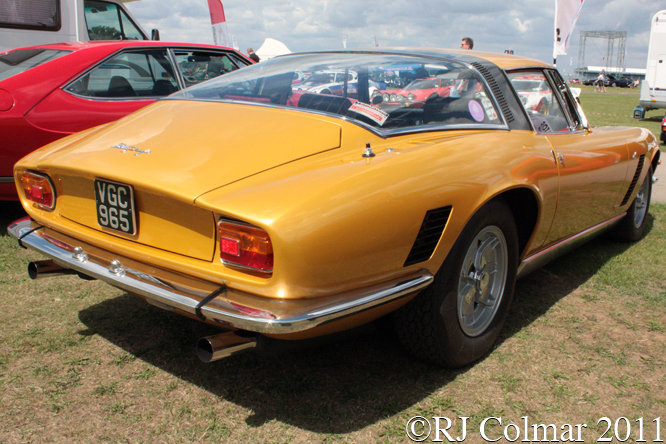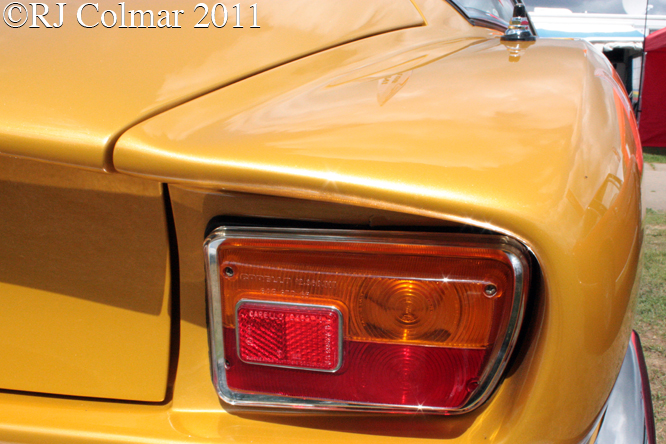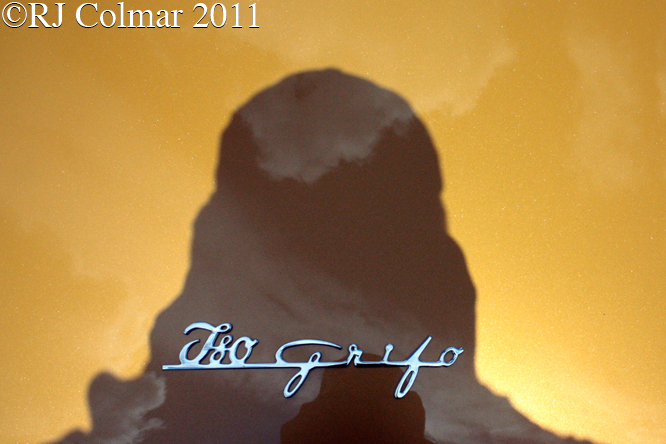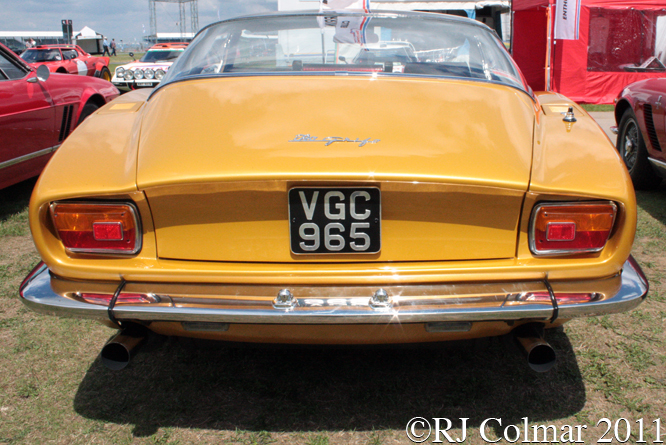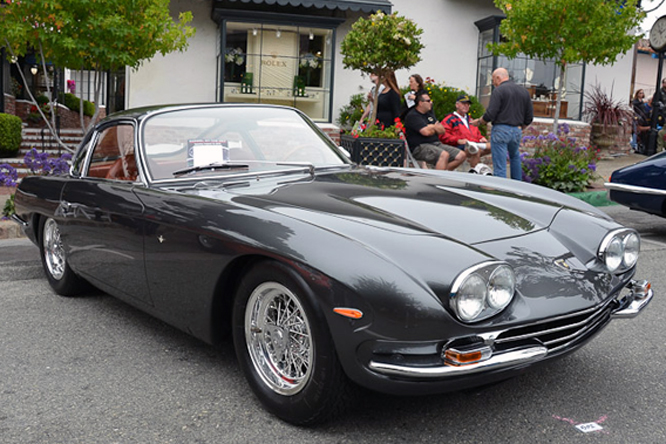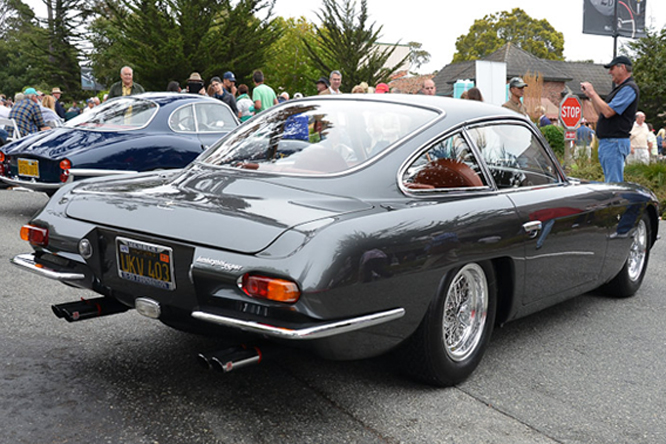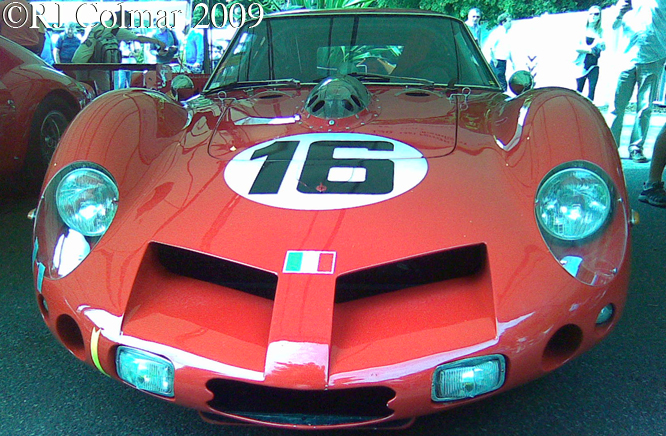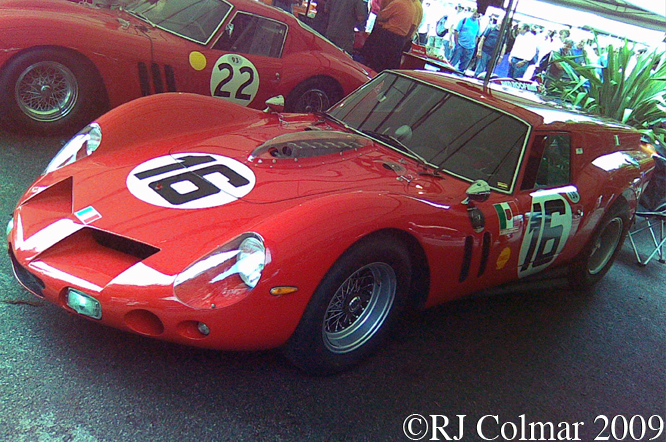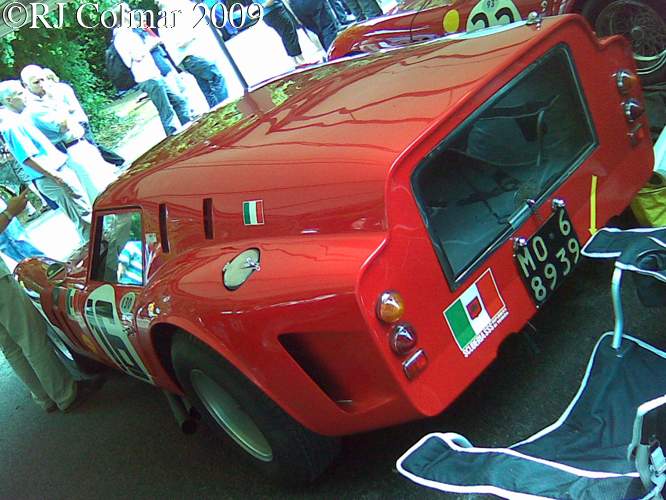Weather predictions have been pretty unreliable in this neck of the woods this year so when I was told that an aqueous qualifying day was predicted for the Silver Jubilee edition of the Silverstone Classic I paid little attention beyond checking my wellies and rain coat were packed.
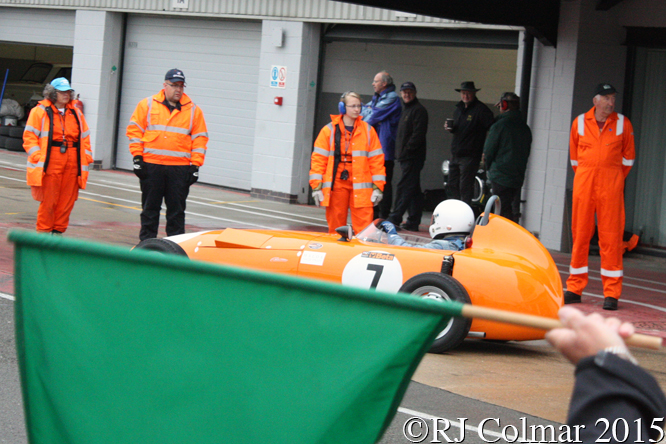
Qualification started bearably moist as Duncan Rabagliati, driving his #7 Alexis Mk 1 and his fellow Formula Junior competitors hit the track.
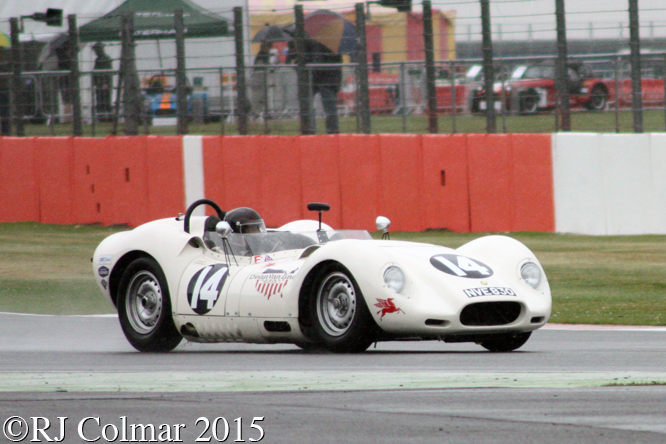
As practice for the Stirling Moss Trophy came to an end I headed out to Brooklands where Roberto Giordanelli is seen kicking up a little spray aboard his Chevrolet powered Knobbly Lister.
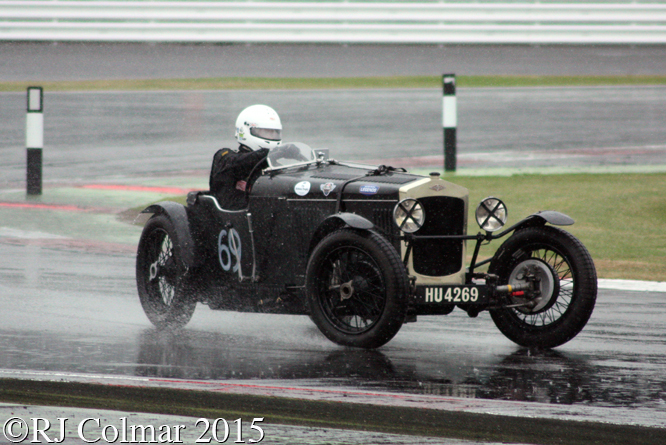
As the Pre War Sports cars came out qualify for the Kidston Trophy the heavens opened up and I was caught in the wrong place in the wrong attire as Andrew Hall and Michael Grant Peterkin took turns in coming to terms with their severely under steering chain drive Frazer Nash Supersports on their way to fifth on the grid.

Above James Cottingham drifts his #73 E-Type Jaguar through Club corner above on his way to second on the grid for the Tourist Trophy race.

Christophe d’Ansembourg entered Abbey curve backwards and is seen passing the apex at 90º to the track before recovering from the mother of all tank slappers without exceeding the track limits to qualify his Williams FW7C for the FIA Masters Historic Formula One Race 21st from 38 runners.

With all wheel drive one might have expected Frank Wrathall to be a contender for pole in his Super Tourisieme Audi 80 Quattro however since the whole Super Touring Car qualifying session was run behind the safety car he was only awarded 13th place on the grid based on previous form.

Conditions such as this would never be tolerated at Indianapolis but Geriant Owen put on a fine display of driving skill and qualified his 1954 Kurtis KK500C roadster a fine 12th for the Maserati Centenary Trophy race.

Bob Berridge’s Japanese Group C spec Nissan R91CK will have been no stranger to monsoon conditions and so it was perhaps no surprise he qualified on pole for the Group C race, following in the US GTP spec #5 Spice SE90P is Steve Tandy who qualified 9th on the sadly depleted Group C grid.
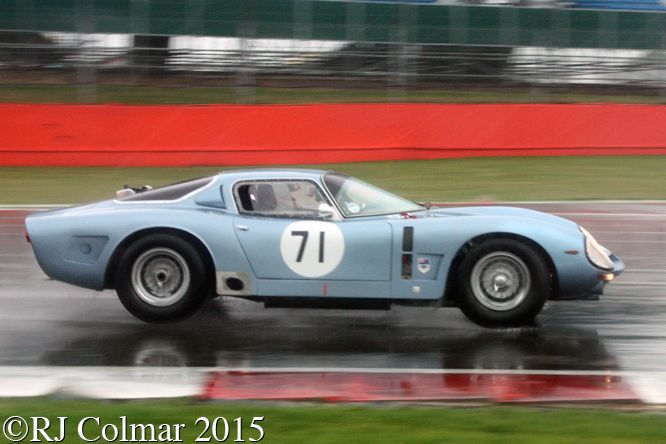
Roger Wills stepped down from driving his collection of cars this weekend and let Tim Harvey do the hard work, above Tim gets to grips with Rogers Bizzarini 5300GT which was awarded 7th on the grid for International Trophy for Classic GT Cars as once again the whole session had to be run behind the pace car.
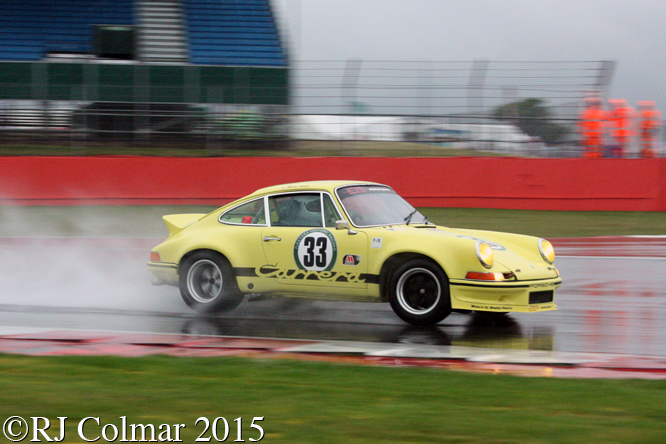
Mark Bates took full advantage of the tricky conditions to drift his Porsche 911 RSR to an unexpectedly high 4th on the grid amongst a gaggle of more powerful Lola T70’s and faster 2 litre / 122 cui Lola and Chevron sports racing cars on the FIA Masters Historic Sports Car grid.
Fortunately as we will see next week the rain eased off over night to make for an interesting day’s racing on Super Saturday.
Thanks for joining me on this “Aqueous Friday” edition of “Gettin’ a li’l psycho on tyres” I hope you will join me again tomorrow. Don’t forget to come back now !


